The Global Hunger Index (GHI) is a tool for assessing hunger at global, regional, and national levels. Among its strengths are the following:
-
Measuring and tracking long-term trends. Because of the nature and availability of its underlying data, the GHI is best suited for measuring hunger and tracking progress over recent years and decades. The 2025 GHI scores are based on the most up-to-date data available for the underlying indicators for each country. This GHI report also includes GHI scores for 2000, 2008, and 2016 to show trends in hunger over time.
-
Reflecting both the quantity and quality of food and diets. The four indicators underlying GHI scores—undernourishment, child stunting, child wasting, and child mortality—reflect deficiencies in calories (quantity) as well as in important micronutrients (quality).
-
Complementing other reports and resources. The countries where GHI scores are high—indicating that calories are chronically insufficient and/or children’s growth and well-being have been hampered by undernutrition—are particularly vulnerable to acute food crises and stresses, which are reported by other sources.
Other resources offer additional important perspectives on hunger and malnutrition. The following is a selection and brief description of those resources.

Resources on Food Crises and Early Warning Systems
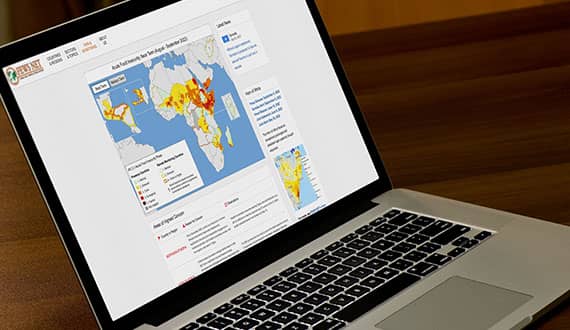
Famine Early Warning Systems Network (FEWS NET)
FEWS NET, the Famine Early Warning Systems Network, provides real-time assessments and short-term projections of acute food insecurity around the world. It issues monthly reports and maps detailing current and projected food insecurity as well as alerts on emerging or likely crises. FEWS NET was founded by the Bureau for Humanitarian Assistance of the U.S. Agency for International Development (USAID) in 1985.

Global Information and Early Warning System (GIEWS)
The Global Information and Early Warning System on Food and Agriculture (GIEWS) continuously monitors food supply and demand and other key indicators for assessing the overall food security situation in all countries of the world. An initiative of the Food and Agriculture Organization of the United Nations (FAO), it issues regular reports on prevailing conditions and provides early warnings of impending food crises at country or regional level.
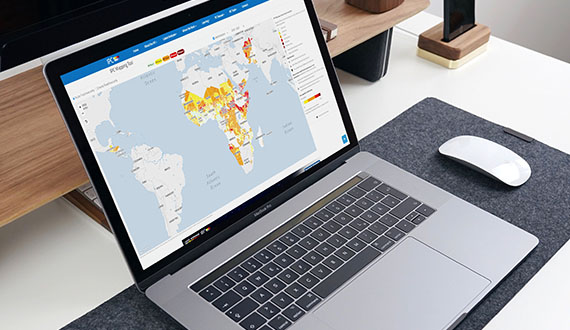
Integrated Food Security Phase Classification (IPC)
The Integrated Food Security Phase Classification (IPC) is an initiative led by 15 international development agencies to improve analysis and decision-making on food security and nutrition. It provides a common scale for classifying the severity and magnitude of food insecurity and acute malnutrition. The IPC acute food insecurity scale has five classifications: minimal/none, stressed, crisis, emergency, catastrophe/famine. There are also IPC scales for acute malnutrition and chronic food insecurity.
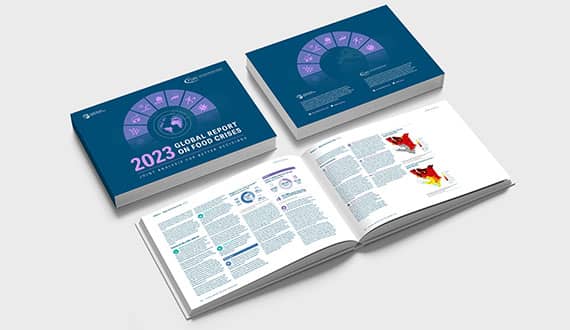
Global Report on Food Crises (GRFC)
This annual report produced by the Global Network against Food Crises—an international alliance working to address the root causes of extreme hunger—gives an overview and country- by-country update on acute, crisis-level food insecurity. Based on the Integrated Food Security Phase Classification (IPC) assessments, it triangulates recent available food security assessments, even if they are partial and from different sources.
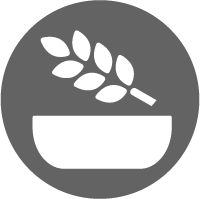
Resources on Food and Nutrition Security

The State of Food Security and Nutrition in the World (SOFI)
This flagship annual report is jointly prepared by FAO, the International Fund for Agricultural Development (IFAD), the United Nations Children’s Fund (UNICEF), the World Food Programme (WFP), and the World Health Organization (WHO). It is designed to chart progress toward ending hunger, achieving food security, and improving nutrition, and to provide an in-depth analysis on key challenges for achieving this goal in the context of the 2030 Agenda for Sustainable Development.

Global Nutrition Report (GNR)
The Global Nutrition Report—published by a multistakeholder initiative—reports on countries’ progress toward meeting global nutrition targets, evaluates the impact of poor diets on human health and the planet, assesses the nutrition financing land-scape, and provides a comprehensive overview of reporting on past Nutrition for Growth (N4G) commitments.

Voices of the Hungry Project
This project of FAO uses the Food Insecurity Experience Scale (FIES), an experience-based measure of household or individual food security. The FIES relies on eight survey questions included in the Gallup World Poll, which covers 90% of the world’s popu-lation. The project provides up-to-date, internationally compara-ble information about food insecurity that is policy-relevant and actionable. A suite of resources and research based on the FIES is available.

Resources on Structural Drivers of Hunger
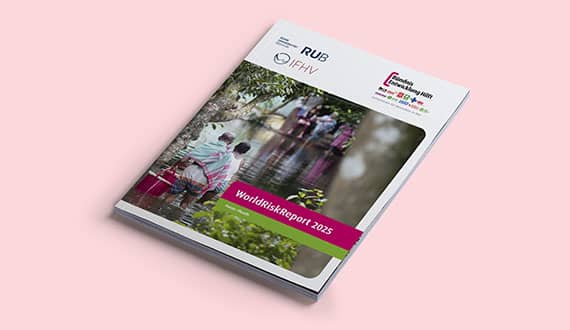
World Risk Report and World Risk Index
The World Risk Report is an annual technical report and index ranking on global disaster risks, published jointly by the Institute for International Law of Peace and Armed Conflict (IFHV) at Ruhr University Bochum and Bündnis Entwicklung Hilft. It highlights the complex interactions between extreme natural events, the negative impacts of climate change, societal inequalities, and disaster risk reduction. Central to the report is the World Risk Index, which assesses disaster risk in over 193 countries. The report draws attention to the structural factors that increase risk, including weak infrastructure, poverty, and fragile food systems—key drivers of food insecurity and hunger.